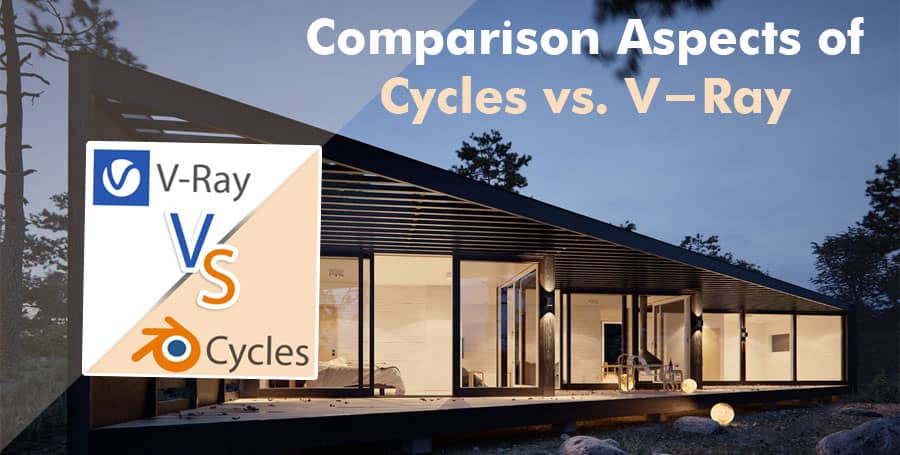As experts in the field of 3D rendering and visualization, we are frequently asked about the pros and cons of different rendering engines. Two of the most popular rendering engines on the market are Cycles and V-Ray. In this article, we will be exploring the different aspects of Cycles vs. V-Ray to help you make an informed decision about which one is right for your needs.
Rendering Quality
When it comes to rendering quality, both Cycles and V-Ray offer excellent results. However, there are some key differences between the two engines. Cycles is known for its ability to create physically accurate renders with a high level of detail. It is particularly well-suited for creating realistic materials, such as metal, glass, and water.
V-Ray, on the other hand, is known for its ability to produce high-quality renders quickly. It uses advanced algorithms and optimizations to reduce render times while still maintaining a high level of quality. V-Ray is also highly customizable, allowing users to adjust settings to achieve specific effects.
Workflow
Another important aspect to consider when choosing a rendering engine is workflow. Cycles and V-Ray have different workflows, which can affect how you work with the engine.
Cycles uses a node-based system, which can be intimidating for some users. However, once you get the hang of it, it offers a lot of flexibility and control over your renders. Cycles also integrates well with Blender, making it an excellent choice for Blender users.
V-Ray, on the other hand, uses a more traditional interface that will be familiar to users of other 3D software. It also has a robust set of tools for creating and manipulating materials, textures, and lighting.
Compatibility
Compatibility is another important factor to consider when choosing a rendering engine. Both Cycles and V-Ray are compatible with a wide range of 3D software, including Blender, 3ds Max, Maya, and Cinema 4D.
However, it’s worth noting that V-Ray is often used in industry-standard workflows, particularly in the architecture and design fields. If you work in one of these industries, V-Ray may be the better choice for compatibility with other software and workflows.
Pricing
Finally, pricing is an important consideration when choosing a rendering engine. Cycles is a free and open-source rendering engine that comes bundled with Blender. This makes it an excellent choice for users on a budget or those who want to experiment with 3D rendering without making a significant financial investment.
V-Ray, on the other hand, is a commercial product that requires a license to use. The cost of a V-Ray license can vary depending on the software you use and the type of license you require. However, it’s worth noting that V-Ray is often used in industry-standard workflows, particularly in the architecture and design fields.
Conclusion
In conclusion, both Cycles and V-Ray are excellent rendering engines that offer different strengths and weaknesses. Ultimately, the best choice for your needs will depend on your specific requirements, including rendering quality, workflow, compatibility, and pricing.
If you are looking for a free and open-source rendering engine that integrates well with Blender, Cycles may be the best choice for you. If you require a highly customizable rendering engine with industry-standard compatibility, V-Ray may be the better choice.
No matter which engine you choose, both Cycles and V-Ray offer excellent results and can help you create stunning 3D visualizations.


